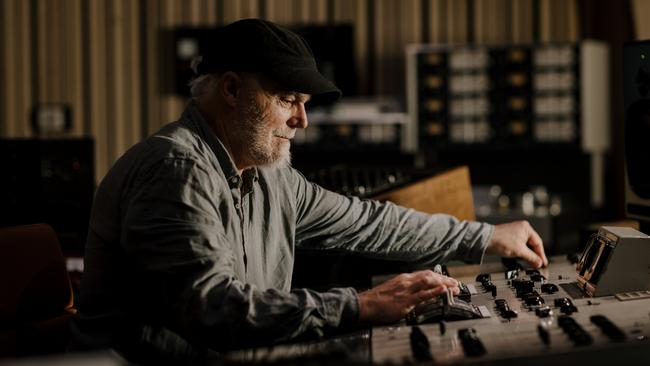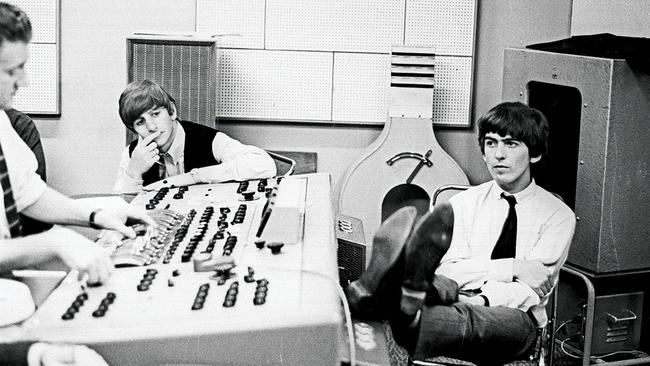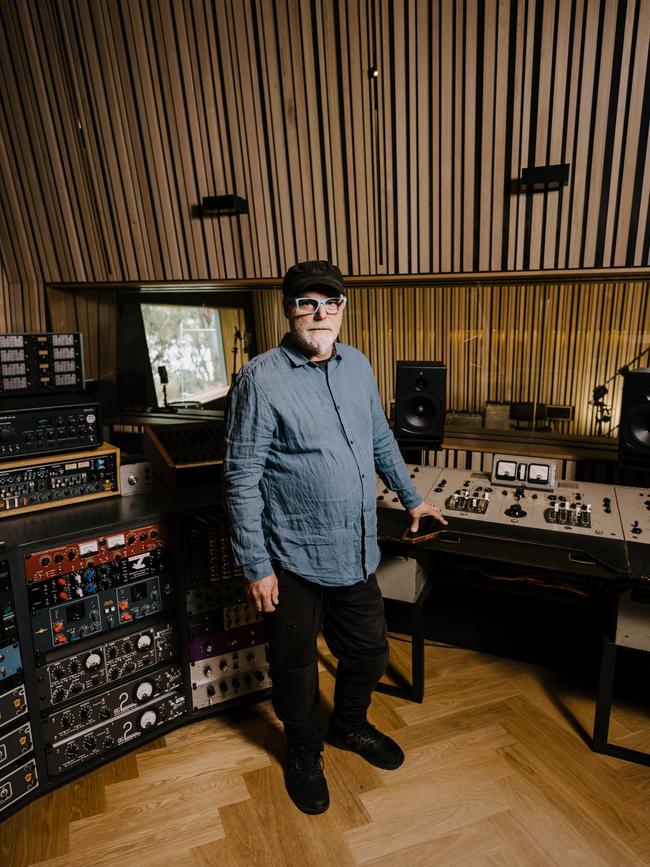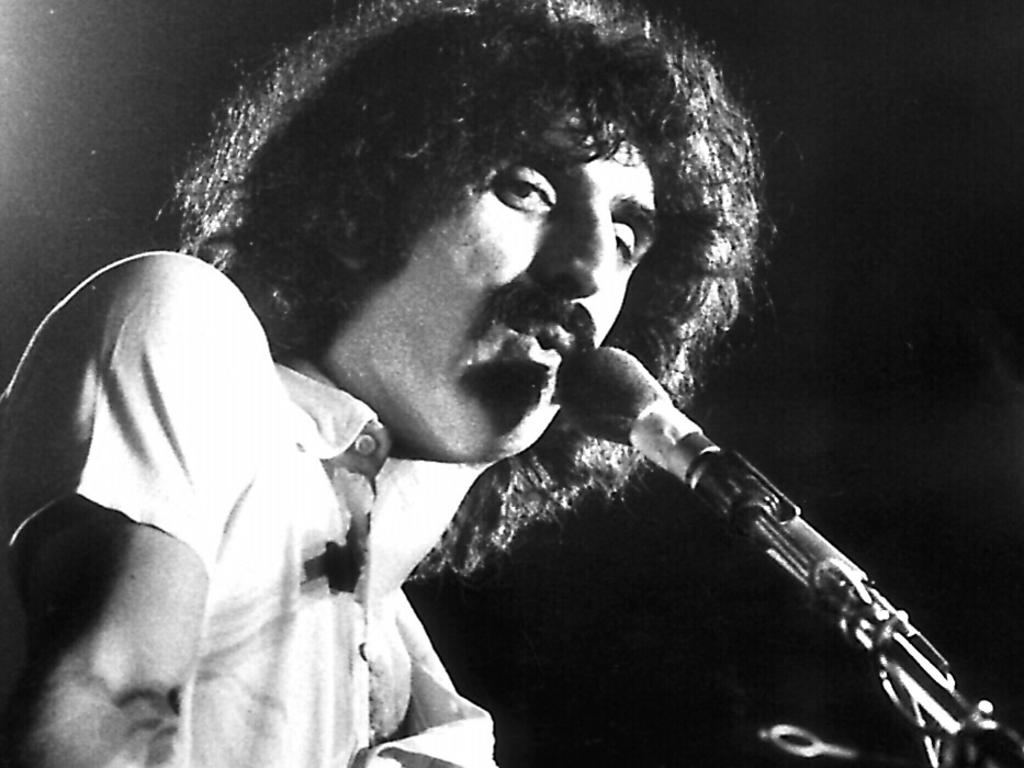How Beatles history landed at MONA’s Frying Pan Studios in Hobart
Nestled inside Hobart’s Museum of Old and New Art is a sparkling, custom-built music studio housing a coveted recording console with a strong link to The Beatles and Pink Floyd.

Nestled inside Hobart’s Museum of Old and New Art is a sparkling, custom-built music studio housing a coveted recording console with a strong link to The Beatles, and the vintage technology to record direct to tape.
The centrepiece of the recently opened Frying Pan Studios is the historic REDD.17 console, which was used at Abbey Road Studios in London from 1958 to 1980.
“People think, ‘That thing looks like it’s part of a submarine or an aircraft,’ but it’s actually pristinely beautiful,” said producer, studio designer and sound engineer Chris Townend. “It was designed to record orchestras, and today, it still sounds as good as anything out there.”
The new studio has all the modern bells and whistles, including HD cameras for live streaming, but it contains some equipment as old as Heartbreak Hotel, Elvis Presley’s watershed single.
When The Australian visited the studio in June, during the Dark Mofo festival, we asked Townend about the proportion of recording artists who have elected to record to tape.
“None have wanted to use analog so far,” he replied, noting a lack of surprise. “The big studios in Los Angeles? All their tape machines are in the hallway. Nobody wants to use them. It’s a big cost: a roll of 30 minutes of tape is about $400.”

While recording, musicians are invariably watching the clock and the cost. When $400 equates to roughly half a day in the studio, most artists see more value in using that precious time to get their songs right, then saving them to a hard drive or cloud storage before they leave.
Designed in 1958 by engineers at record company EMI to record, mix and master stereo recordings, the REDD.17 console – an acronym for EMI’s Record Engineering Development Department – was used on numerous Beatles and Pink Floyd recordings at Abbey Road, including the special tape effects on the landmark 1966 Beatles track Tomorrow Never Knows.

The console was purchased in 2014 by entrepreneur David Roper, co-founder of Australian bag brand Crumpler, and is surrounded by an array of high quality recording equipment in Frying Pan’s control room, as well as an impressive range of instruments and amplifiers in the live room.
Despite the lack of use since the studio opened earlier this year, if the analog tape gear is to become a museum piece, at least it’s in the right place at Mona.
“If only studios weren’t terrible holes to throw money into, there’d be more of these around,” said Townend, whose recording credits include working with Tim Finn, Augie March and Daniel Johns.

“Frying Pan is the essence of MONA,” said museum owner David Walsh. “The major product will be music, of course, but made in an environment redolent of passion and daring. There will be many failures and some triumphs. Because we value risk, and humanity, and the glorious desperation of creativity, we will be proud of the work of Frying Pan’s denizens, however it is received.”
So named for nearby Frying Pan Island, which can be seen through the window from the live room, artists to record in the space recently include Julia Stone, DMA’S, Peaches and Lee Ranaldo of Sonic Youth.
Situated beside MONA’s library, which holds Walsh’s impressive book collection, visitors to the museum can use headphones to hear what’s being recorded inside Frying Pan on any given day.
As well, the addition of a viewing window to see what’s cooking in the studio is an unusual choice, as the delicate art of recording timeless music is not usually a spectator sport.
The writer travelled to Hobart as a guest of Dark Mofo.




